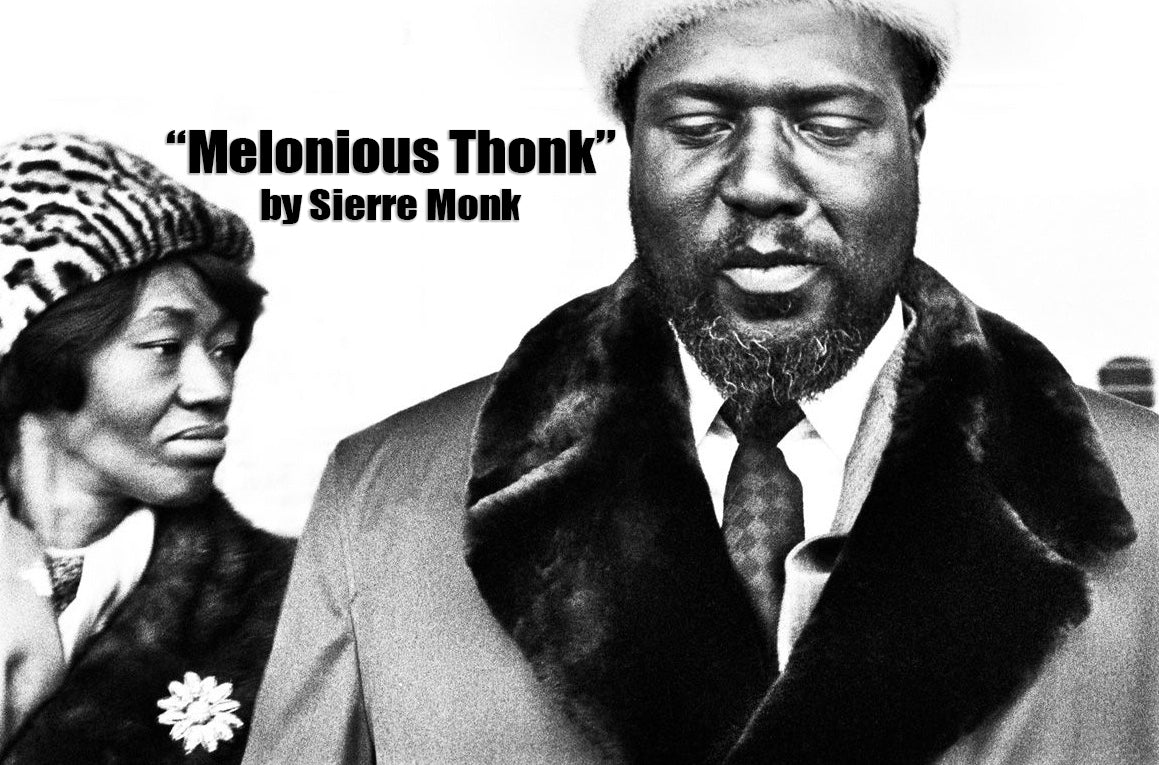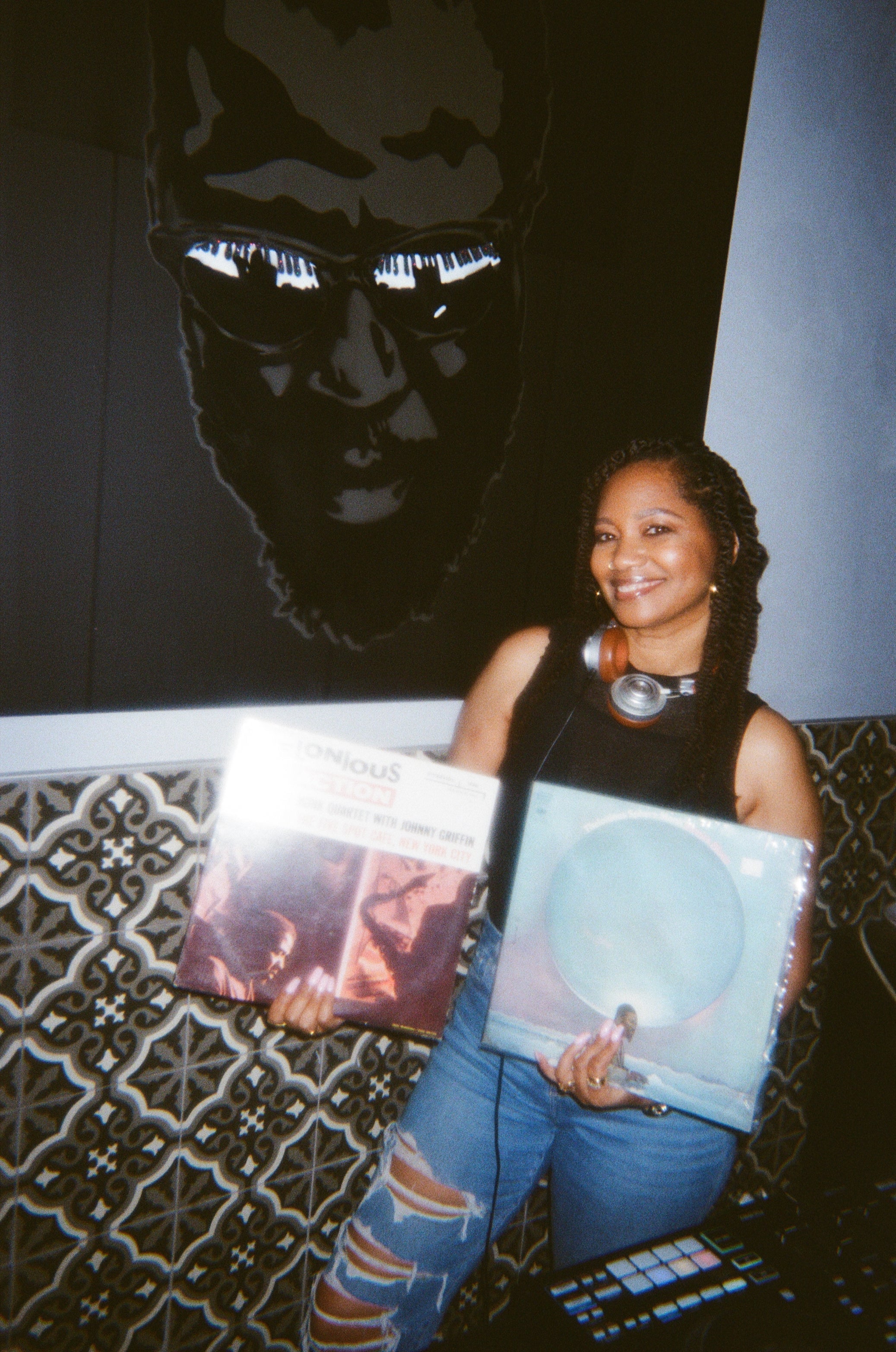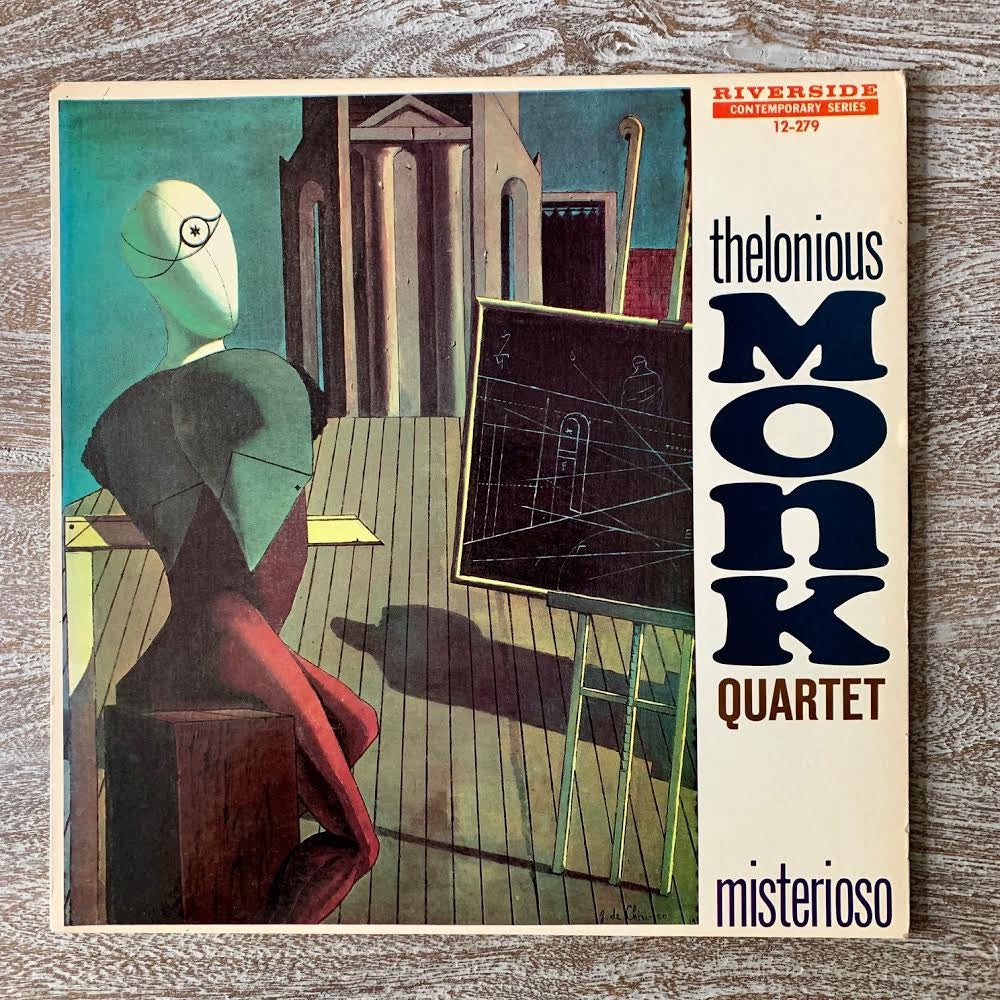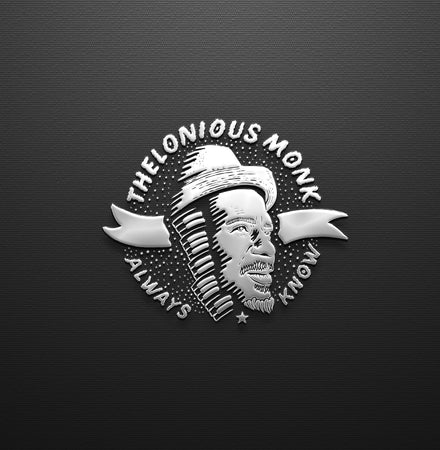“The Unique Thelonious Monk”
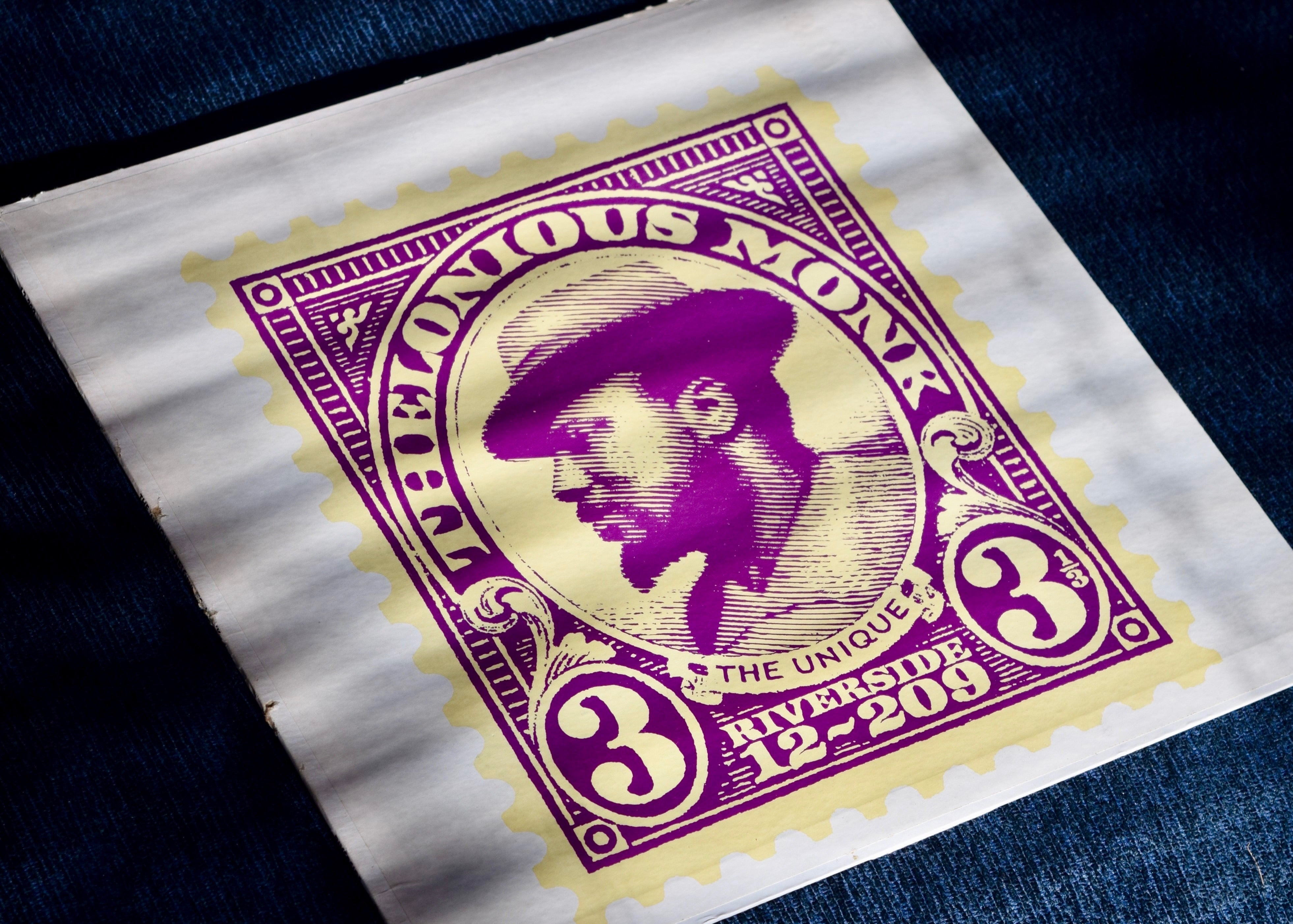
by Bob Heinrichs
* When he's not moonlighting as a writer and enjoying spinning vinyl records, Bob Heinrichs works as an investment manager in the Philadelphia suburbs.
* Photos provided by Bob and edited by Sierre Monk
With both the honor and herculean task of sharing my experience with this classic album, figuring out where to start was quite the feat. So let's start with the most obvious sparkle on the actual cover, Thelonious Monk's portrait on a stamp with a postage price of 33 1/3 cents, and fittingly so, since most records spin at that speed! A very appropriate and timely dimension indeed, for in Monk, we have a man who, perhaps more than most other musicians, represents so much of what America stands for in terms of being an individual, unique -like the album title-, daring to be different and championing ingenuity. And that goes without saying that Monk was a musical pioneer and tremendous creative force who reeled chords and sounds from a piano unlike the world had ever heard before he arrived on the jazz scene. The title is magnified on the album's back cover with the phrase “very personal treatments of jazz standards.” Whenever I listen to Monk’s albums, I always feel that he was simply unable to create anything that wasn’t “very personal”. Listening to these interpretations of old and familiar standards here is nothing short of magical.
Recorded at this time of year back on March 17th and April 3rd 1956 at Rudy Van Gelder’s Hackensack studio, Monk is joined by Oscar Pettiford (bass) and Art Blakey (drums). While I also enjoy Monk in larger settings, particularly with Charlie Rouse on tenor saxophone, who seems to intuit Monk’s every move better than most others, smaller trio recordings such as the one on this album nevertheless opens up more ‘space’ for intimacy. The listener can fully experience the “architecture” Monk builds for us to discover alongside him. For example, in "Tea for Two", Monk expands on a very simple melody, which often risks sounding turgid, yet he explores the tune, weaving a web of dissonance that is as surprising as it is revelatory. In the words of the author of the original liner notes, Orrin Keepnews, Monk’s “wry and insidious sense of humor makes itself evident, sharply and sometimes rather devastatingly.” Keepnews makes an incredible point here in that Monk’s playing is always full of a certain sense of humor, as if when he alters a melody or presents a different take on an old standard, we are being invited to share an inside joke with him. I can only imagine that back in the late 1950s, many people weren’t as ready to grasp these types of ‘jokes’. It would have been far easier to label Monk an outsider and a strange one than to take the time and perhaps courage to understand everything he was working to communicate to listeners. Fortunately for us, there were enough forward-thinking folks in the jazz community, who saw past that and embraced Monk for all his quirks and differences!

“Memories of You” is another piece I really enjoyed on this album. Shining as much as in a small trio setting, there is nothing more sensitive and special than hearing an unaccompanied Monk playing a melody, expanding on it as only he can, a wizard all alone with his musical thoughts. And it just wouldn’t be the genuine sorcery of Monk without the occasional dissonant chord thrown in during the melody, or his famous cascades of descending whole-tone scale passages. Needless to say, I've always enjoyed this angular style of playing so much! This piece also reminds me of “Alone In San Francisco”, one of my favorite Monk albums. With a solitary Monk charming those 88 black and white keys, the pieces are tender, delicate and stirring. I could listen to the rapture of his unaccompanied wizardry for hours on end and never grow tired of it. In this regard, I doubt there is any greater sign of a special artist than such an ability to captivate listeners!
“Darn That Dream” closes out the A side with Monk playing with incredible lyricism as he breathes fresh life into a well-worn yet universally beloved melody. In a testament to his abilities, he manages to rearrange this old standard into a piece of music that sounds as if he could have written it himself. Perhaps this is in fact the beauty of Thelonious Monk in that whatever he did was “very personal”; as if he had no choice but to make whatever melody he played sound like his very own! Blakey in turn remains subdued but adds just the right texture while Pettiford takes a short but poignant solo near the end of the tune. Monk returns to restate the melody and ever so delicately play octaves at the very end with such elegance and feel as if it should have always been played this way!
“Just You, Just Me” is a contrasting upbeat and final number on the B side. The trio gets some room to stretch out along the piece's eight minutes. Monk for me is synonymous with a striking use of dissonance and abrupt way of shifting the rhythm through various stops and starts. In this album, however, I love when he latches onto certain rhythms like his clustered chords played over and over in repetitions of syncopated sixteenth notes around 2:35 and again at 4:40 into the tune. Monk’s own voice appears in the recording during these passages as if for emphasis and it sounds as if he were really enjoying himself!
I would be remiss to talk about this record without mentioning the tremendous players Monk has to accompany him here. The full tone of Oscar Pettiford's bass possesses an innate sense that makes him an excellent ensemble player, yet he is also capable of soloing and bridging his own thoughts with some of Monk’s chording in those moments, especially on “Tea For Two”. Drum titan Art Blakey displays remarkably impressive restraint at times on this album, content to play brushes in the background, yet perfectly sensing when to kick it up a few notches.
In short, listening to this diamond of an album was a special treat for me, as Monk breathes fresh life into jazz standards with these ‘very personal treatments.’ This may have well been many people's first time experiencing “The Unique Thelonious Monk”. Riverside had hoped that the concept for this album would help Monk pull in an even larger audience, since standards possessed some familiar elements that could provide a nice starting point. And once listeners allow themselves to open the door and step into Monk's world, those old standards become entirely new destinations that we all can explore and will want to visit again and again!

Be sure to check out some of our other contributing writers by visiting our blog. To read more of Bob Heinrich’s works, visit @bobh812 on Instagram.
